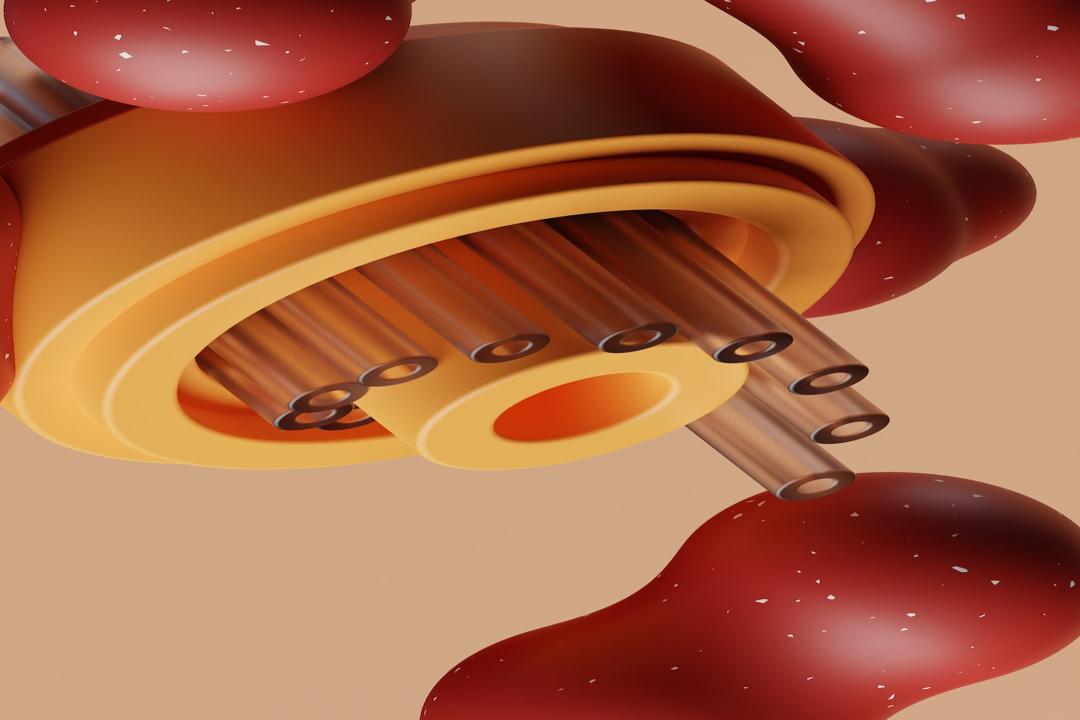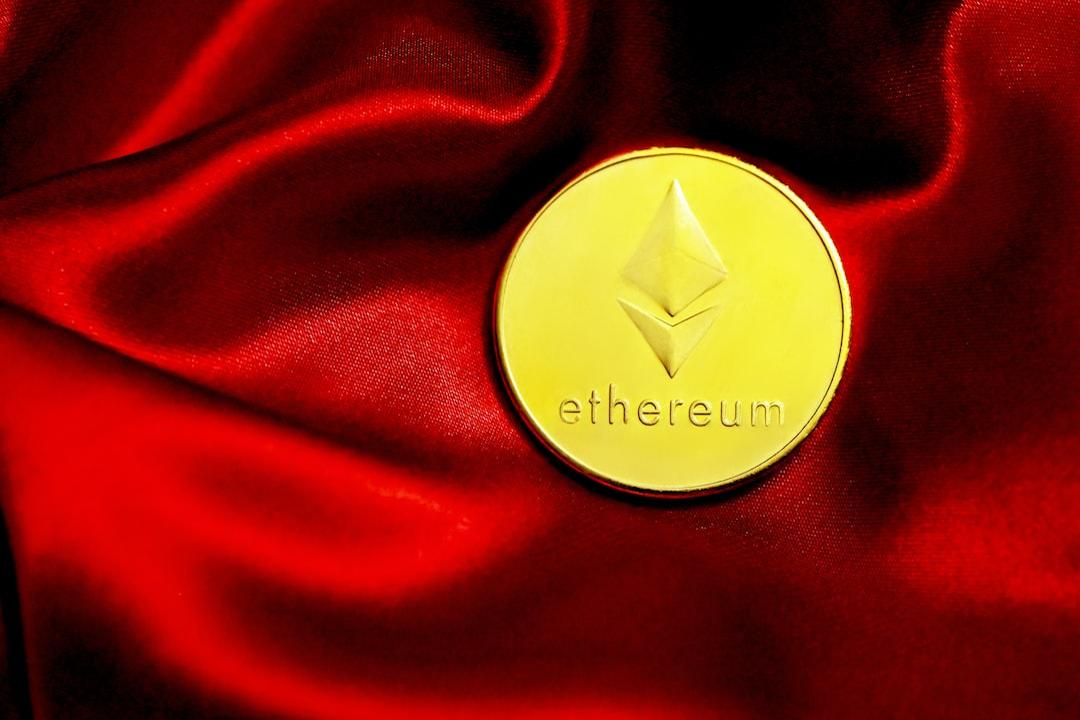Researcher NingNing expressed her views on the future competition in the field of Data Availability (DA) on Twitter. After the upgrade in Cancun, modular competition will directly come to the forefront, with Celestia, EigenDA, and Covalent each having their unique advantages and positioning.
This article is compiled and translated by ChainNews, please refer to the original text if there is any doubt.
Table of Contents:
Toggle
DA Competition Catalyst: Cancun Upgrade
Reduced Data Storage Costs with Rollups
Modular Competition with Cancun Upgrade
Multi-dimensional Competition in Block Data Availability
Providing the Safest DA Layer: Ethereum
Providing an Efficient DA Layer: Celestia
Providing a Finality DA Layer: EigenDA
Providing Permanent Data Storage DA Layer: Covalent
Intense Competition in Data Availability Layer
Currently, the gas fees consumed by Layer2 verification and settlement account for 10-20% of Ethereum’s total consumption. Among these fees, about 95% is paid to Ethereum’s mainnet for DA services. This shows that data storage for data availability is very expensive and is currently an issue that Rollups urgently need to address.
Advertisement – Continue reading below






Changes in Ethereum gas fee consumption
Currently, Layer2 status data is stored in Ethereum’s mainnet blocks in the form of CallData. However, after the Cancun upgrade, Layer2 status data will be stored in the newly added Blob space, which will significantly reduce costs.
In fact, during the Cancun upgrade era, a new narrative has already emerged: DA War. After Ethereum completes the Cancun upgrade in the first half of this year, Ethereum will enter the prototype stage of transitioning from a monolithic blockchain to a modular blockchain.
After the Cancun upgrade, Ethereum can be seen as a modular public chain system composed of L1 Ethereum mainnet and L2 based on Ethereum (Arbitrum, Optimism, ZkSync, Starknet, Scroll, Taiko, Metis, etc.). The profound changes can be seen from Optimism’s slogan “Ethereum, scaled,” which pursues Ethereum’s complete equability.
The Ethereum stack after the Cancun upgrade will be more “significantly” divided into execution layer, consensus layer, settlement layer, and data availability layer. The execution layer will partially outsource its functions to Ethereum-based Layer2, the settlement layer will ensure the security of Layer2 assets, the consensus layer will be responsible for finality, and the data availability layer will guarantee the rebuildability of Layer2.
Data availability refers to the state data of L2, including complete transaction information, which used to be stored in L1 mainnet, namely Ethereum, after verification and consensus. It provides fraud-proof for Op-Rollup and ZKP verification support for ZK-Rollup.
Before the launch of Celestia, a modular public chain focusing on providing DA services, the Ethereum mainnet monopolized 100% of the DA market.
Celestia enhances network consensus security and scalability through Data Availability Sampling (DAS) and Namespaced Merkle trees (NMT) technologies. The former allows lightweight nodes on the Celestia network to participate in the verification process of data availability, increasing security. The latter names the storage space, allowing specific Rollups to only need to read their own relevant data, reducing the load on the Celestia network and the Rollups.
After the launch of the Celestia mainnet, it began to compete positively with the Ethereum mainnet in the DA market, with projects such as Manta, Lyra, and Dymension joining Celestia due to its cheap, secure, and highly trustless features.
(How will the privacy-focused Layer2 project Manta Pacific break through the competition of zk Rollups as a latecomer?)
Therefore, Celestia has made the Ethereum community and Vitalik very unhappy. It is not only because Celestia’s competition damages the value capture ability of the Ethereum mainnet, but also because its behavior harms the composability, equivalence, and interoperability between Ethereum and L2, making the Ethereum ecosystem incomplete.
(Celestia mainnet launch | Opportunities and challenges for the future of modular blockchains)
However, Celestia is not the only one eyeing the DA market. EigenLayer also urgently needs an AVS project to find real-world application scenarios for its platform with a TVL of over one billion dollars. Facing the temptation of the blue ocean market of DA services, EigenLayer chose to launch EigenDA as its first AVS project without hesitation.
(How will the staking project EigenLayer change the Web3 infrastructure ecosystem?)
However, the architecture of EigenDA is different from Celestia. It uses zero-knowledge proof technology (ZKP) such as KZG (Kate-Zaverucha-Goldberg) commitments to verify the state data submitted by Layer2 and ensure finality. In the end, the Layer2 status data still needs to be submitted and saved to the Ethereum mainnet.


Operating architecture of EigenDA
(Original source)
EigenDA serves as a subcontractor in the verification and finality process of DA services on the Ethereum mainnet, rather than just being a competitor in data availability like Celestia.
After the Cancun upgrade, the Ethereum mainnet will only keep the Layer2 submitted status data for one month, after which it will be discarded. To maintain the decentralization and operation of the lightweight node verification mechanism of the network, Celestia will also regularly discard the Layer2 submitted status data.
Therefore, Covalent, a data API provider in the Ethereum ecosystem, launched the long-term data availability layer service EWM (Ethereum Time Machine) at the end of last year to permanently store the Layer2 status data discarded by Ethereum. Covalent will structure this data and integrate it into its platform’s on-chain data indexing API service, providing data investigation services and support for professional blockchain data websites, government regulatory departments, artificial intelligence research teams, or other projects.
After the Cancun upgrade, modular public chains will become the mainstream paradigm, and the DA layer will be the most fiercely competitive area in the modular stack. The DA War will be staged in full swing.
Whether it is Celestia, EigenDA, or Covalent, each has its unique advantages and positioning. The future competition in the data availability layer may replicate the diversified development of Layer2, bringing a more robust foundation to the Ethereum ecosystem.
Celestia
Covalent
DA
EigenDA


Related Reading
Vitalik’s Post Praises, ENS Soars 90%, Public Chain Political Maneuvering Behind Tweets
Intense Competition in the Modular Race: Polygon CDK Integrates Celestia to Strengthen Competitiveness

